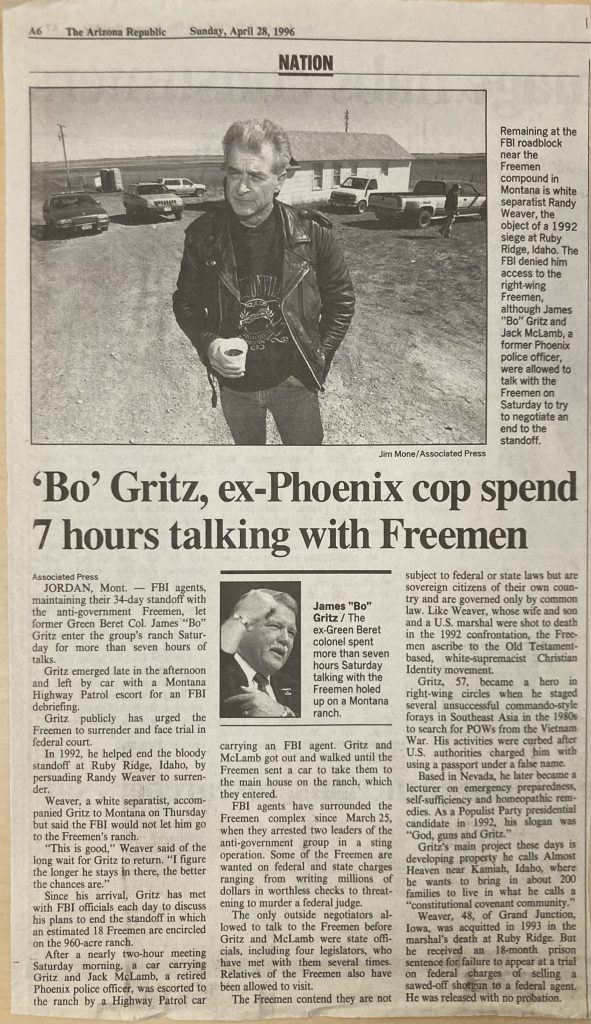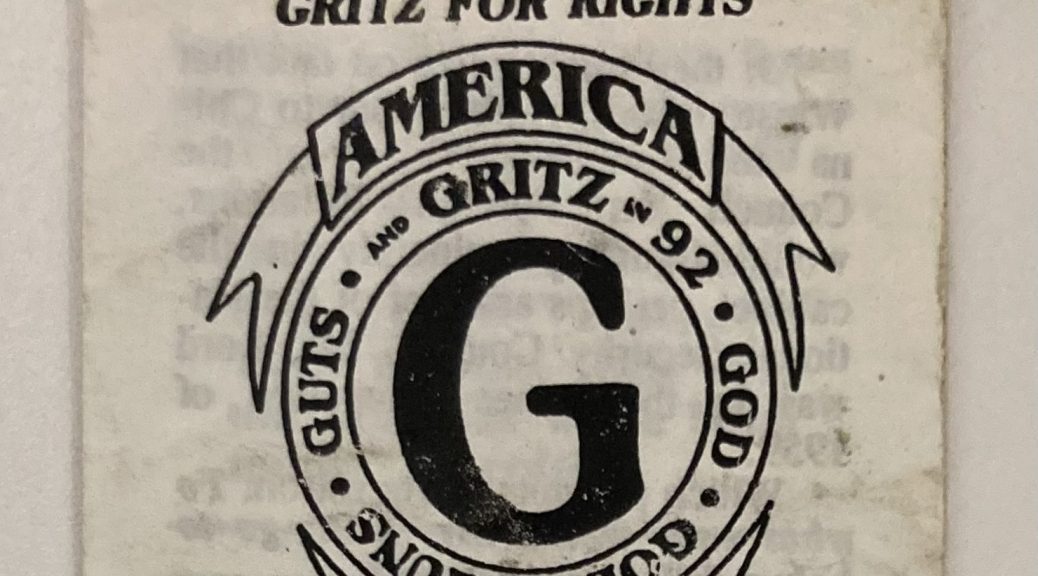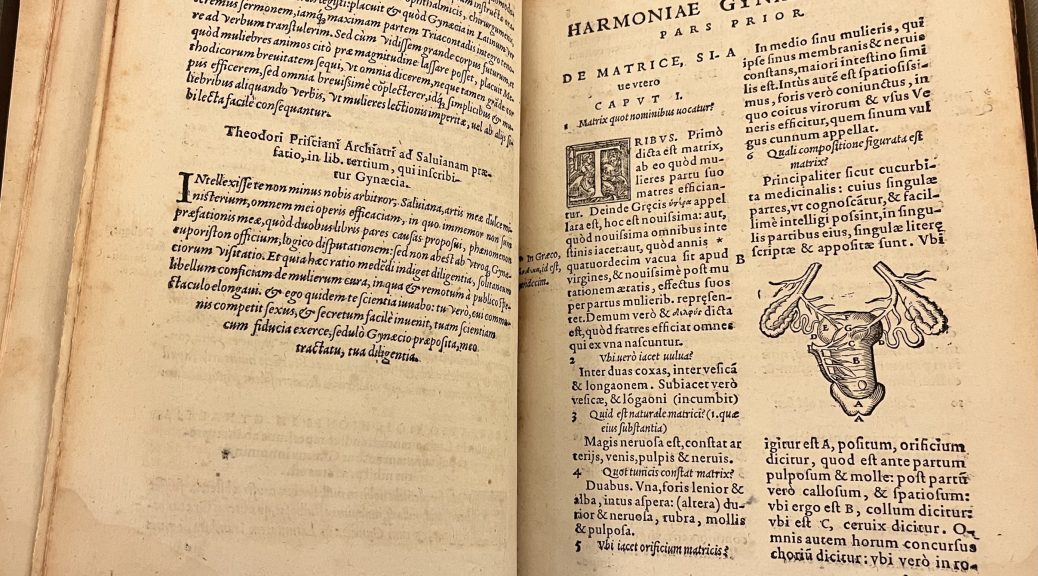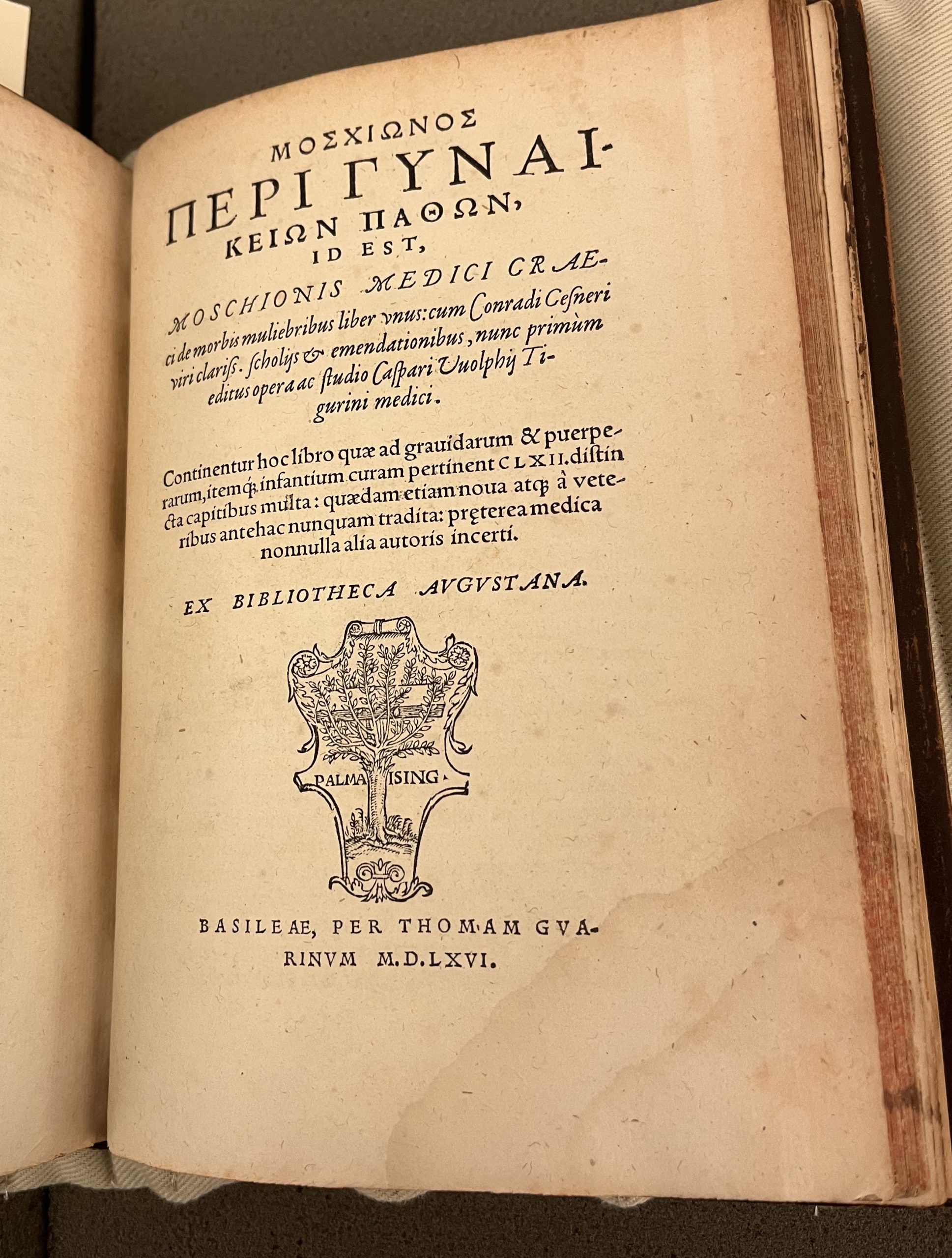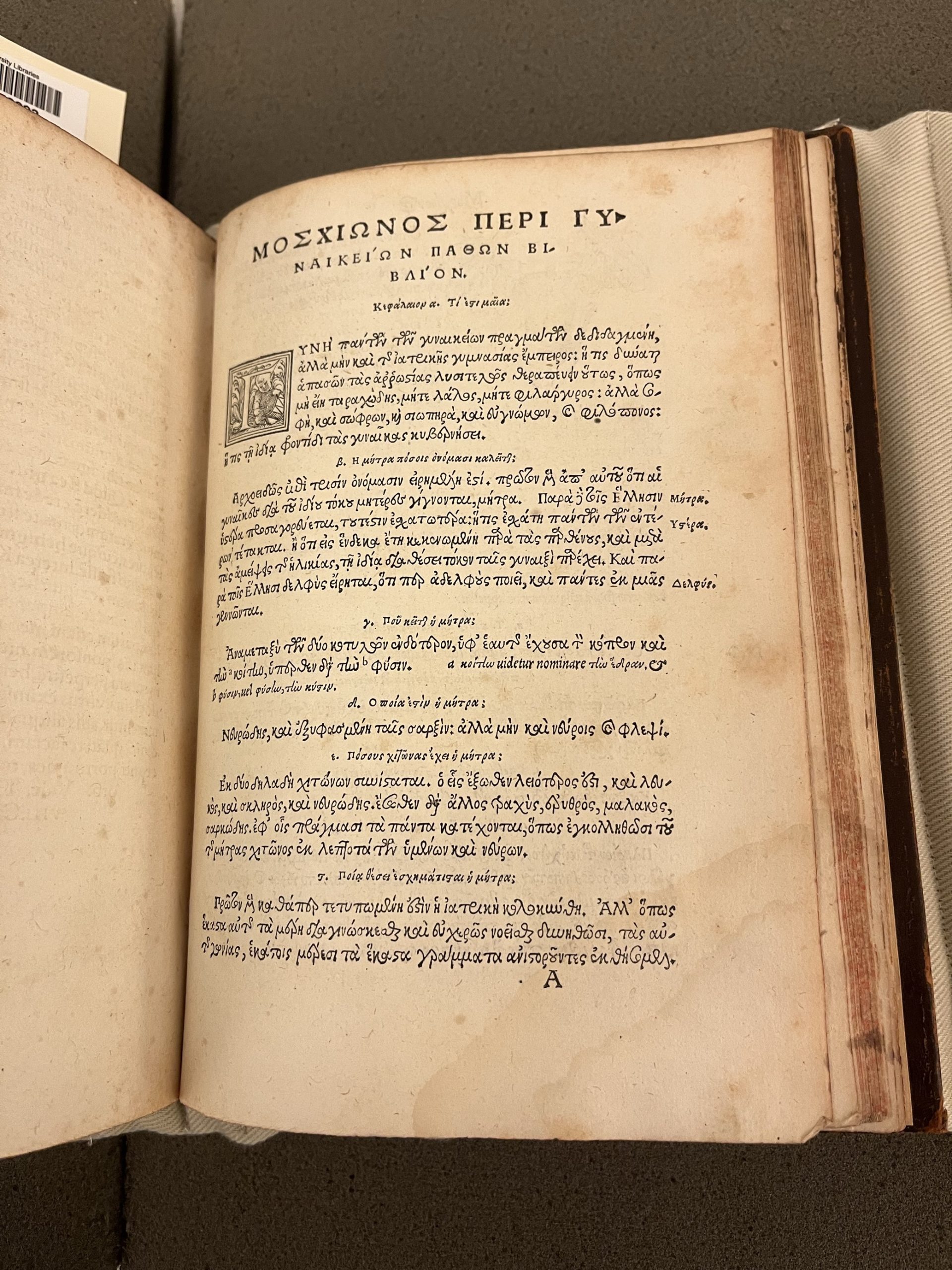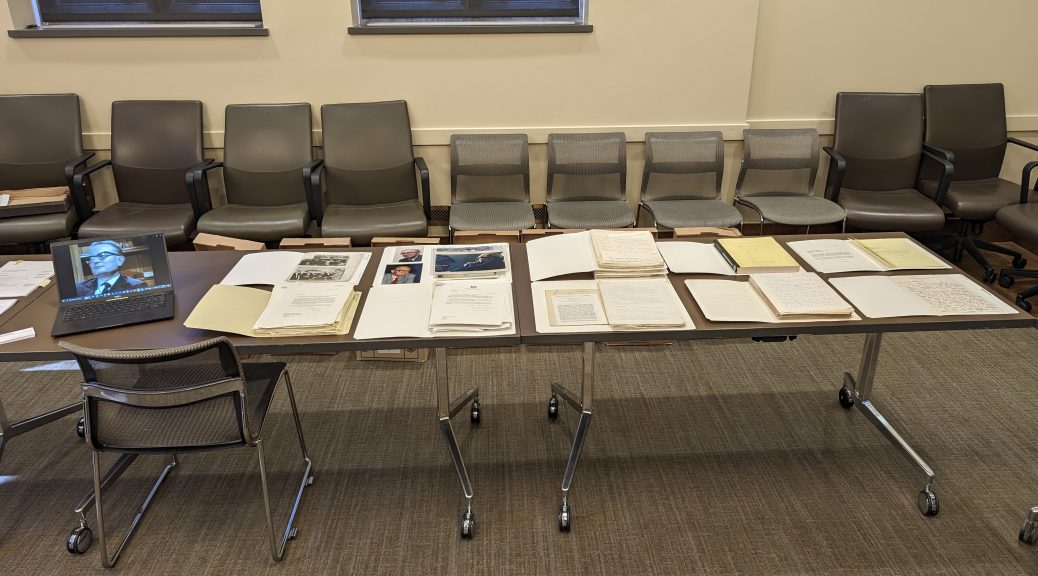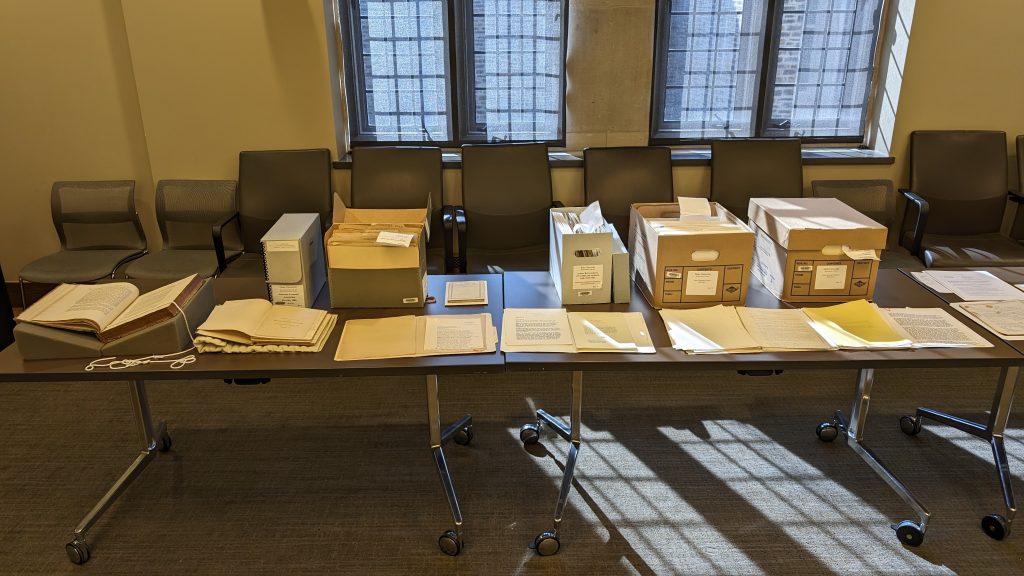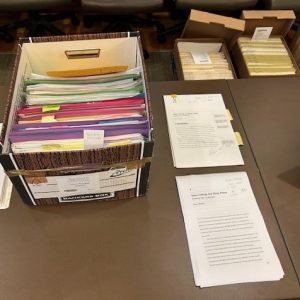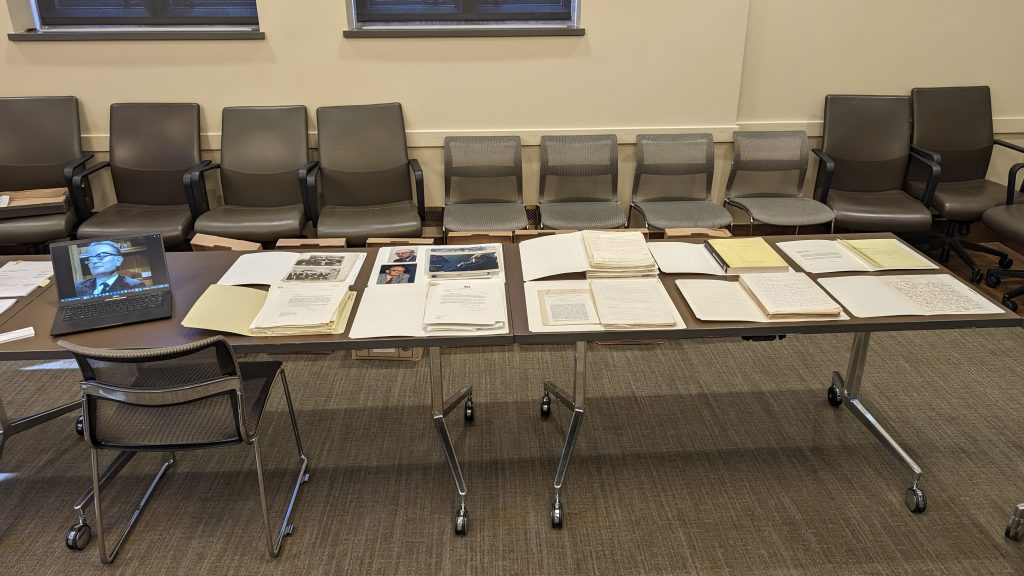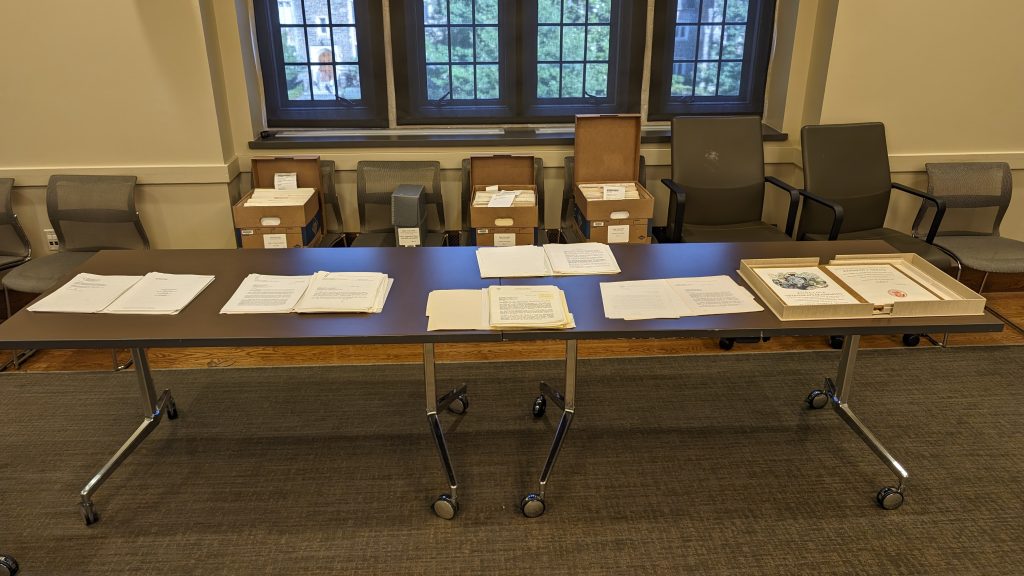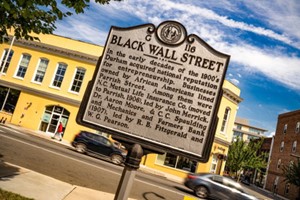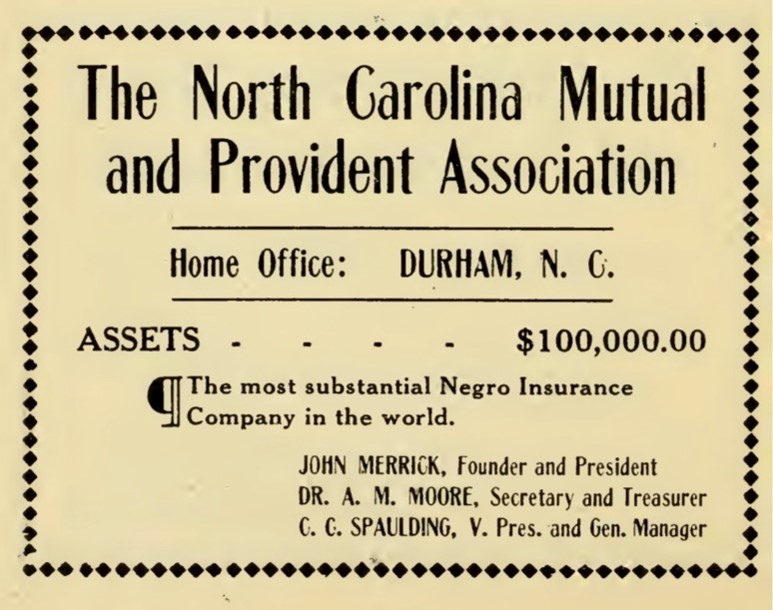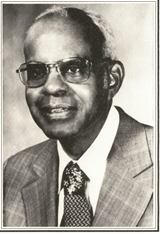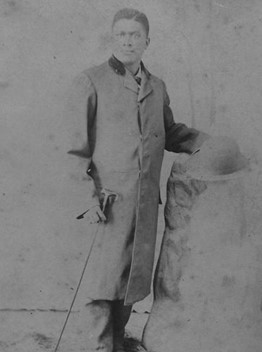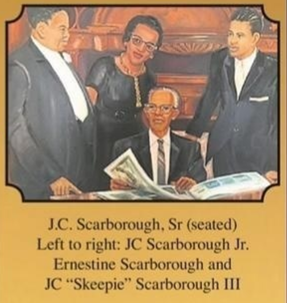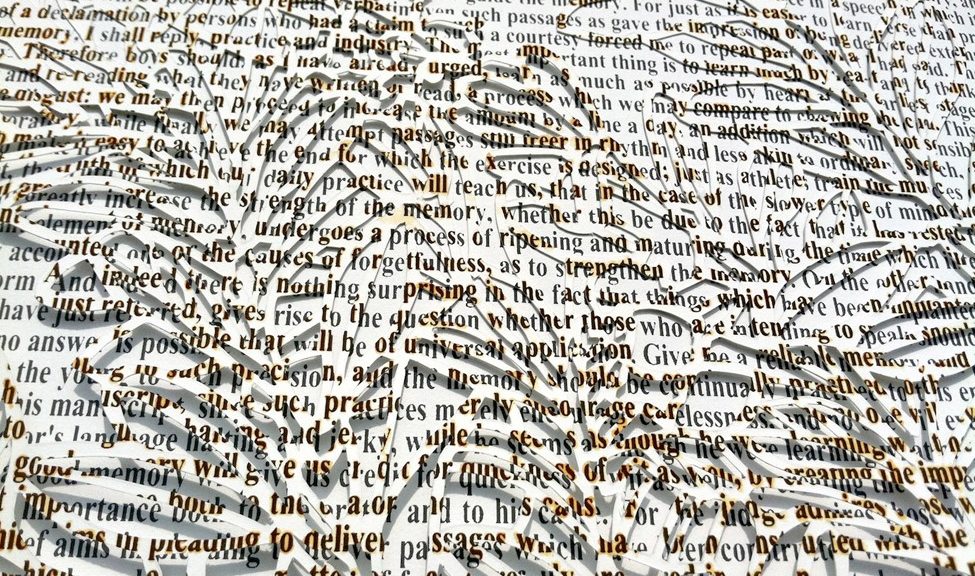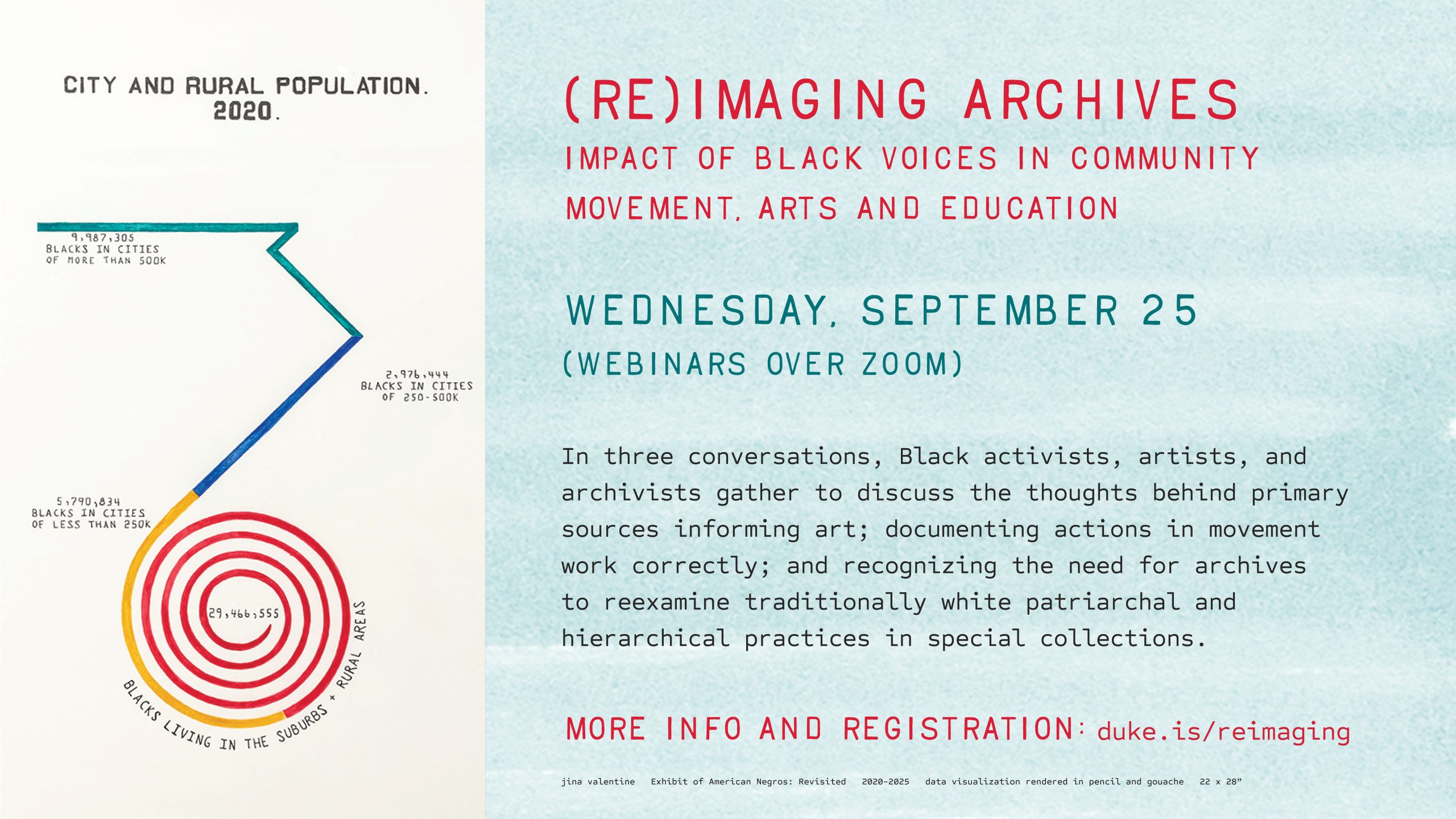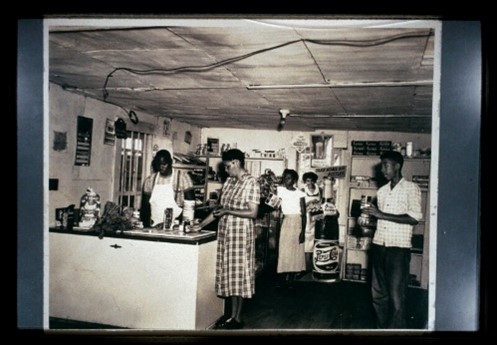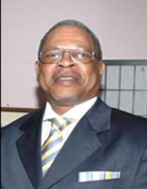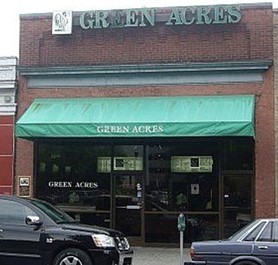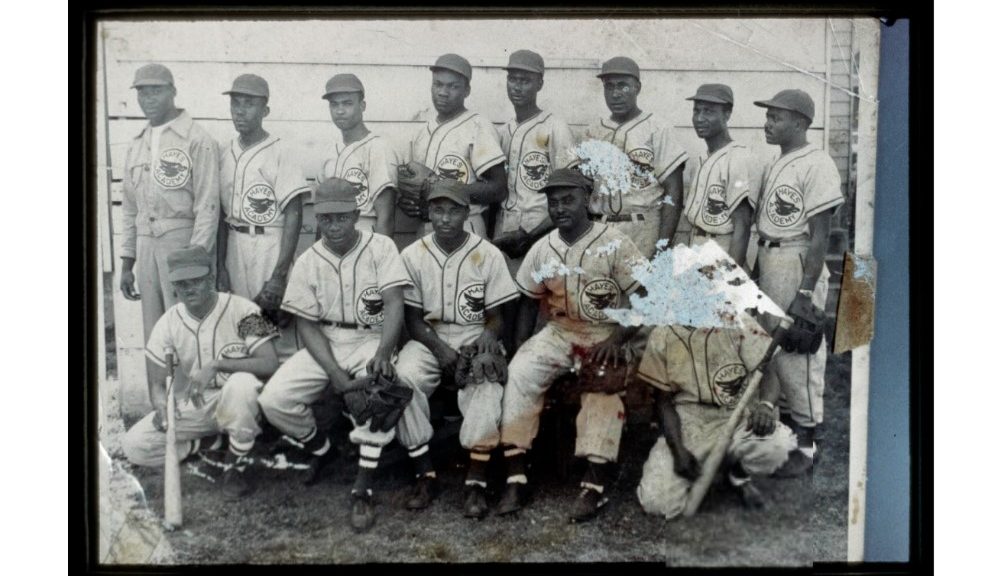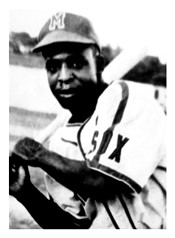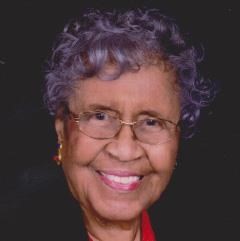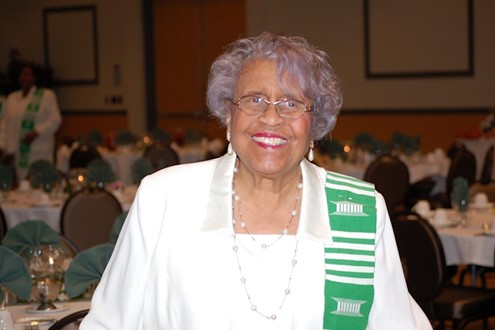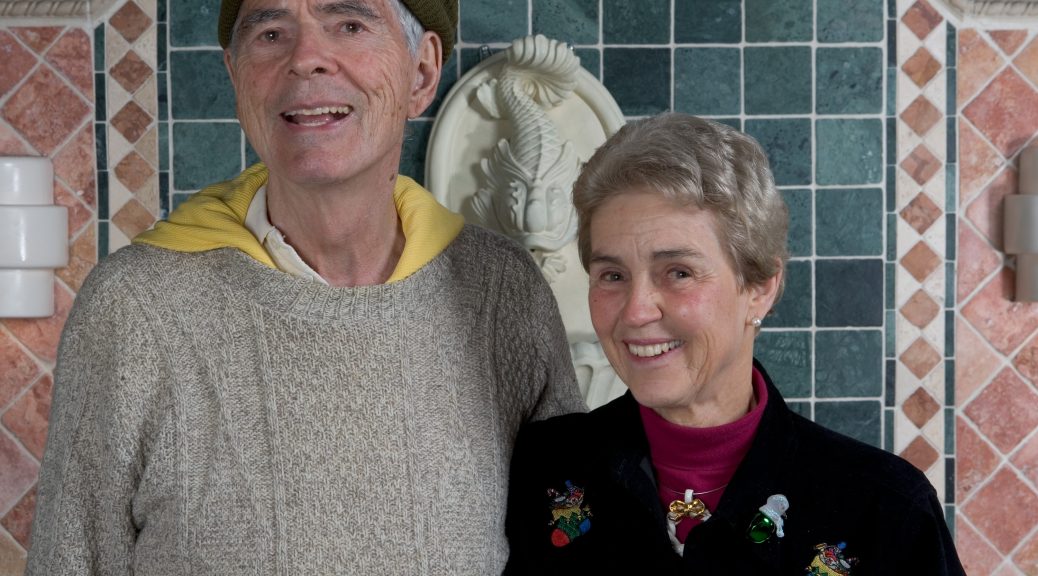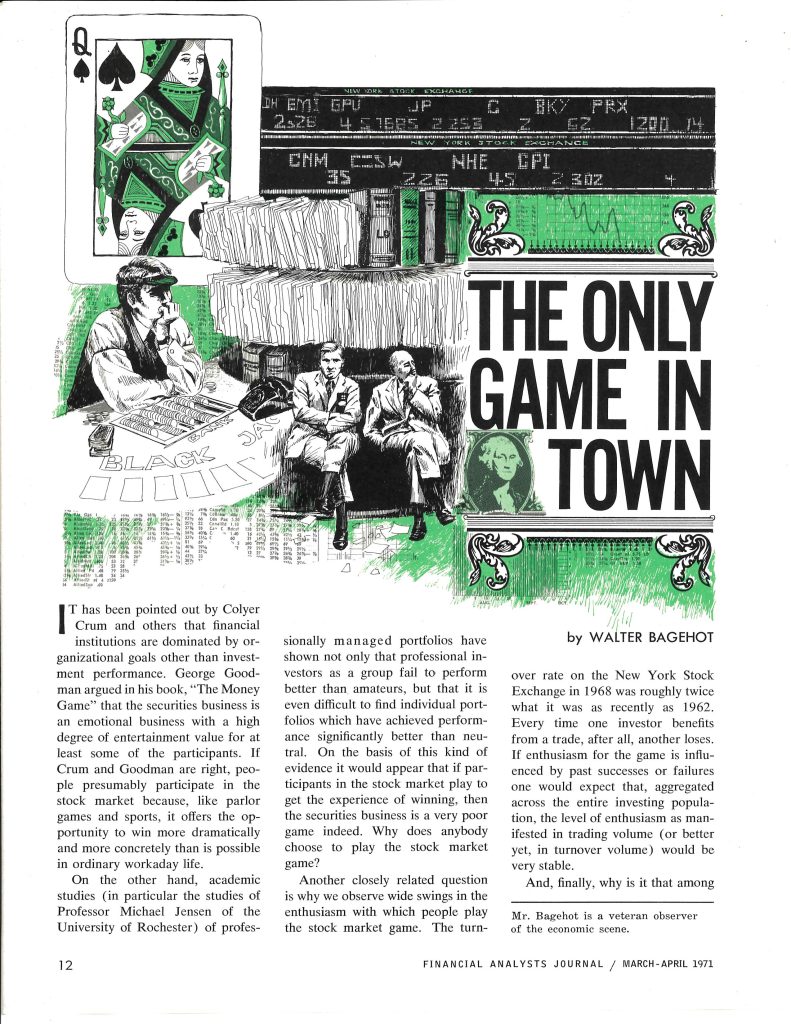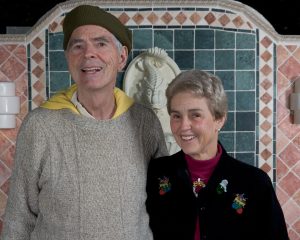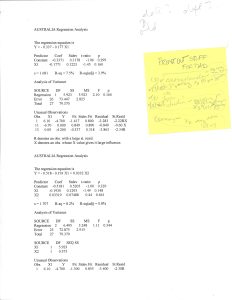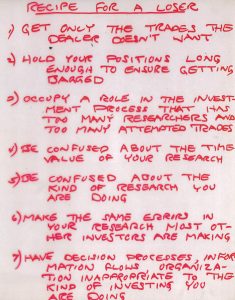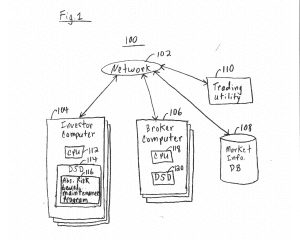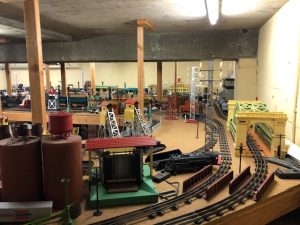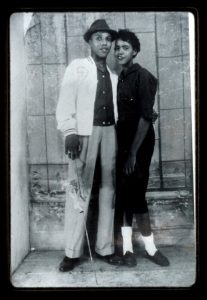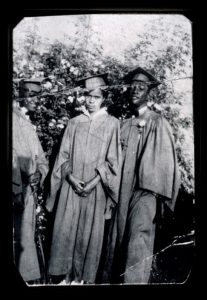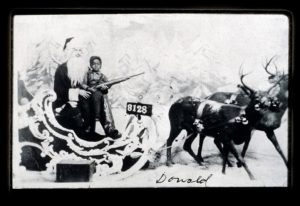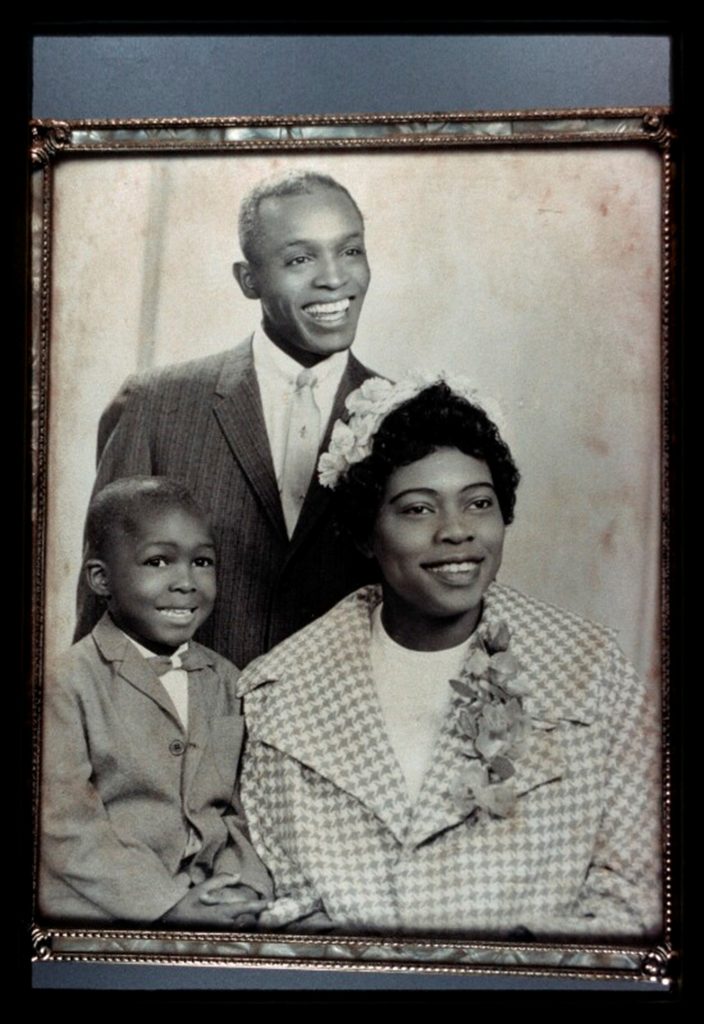Post contributed by Will Runyan, Ph.D., Meyer Human Rights Archive Intern
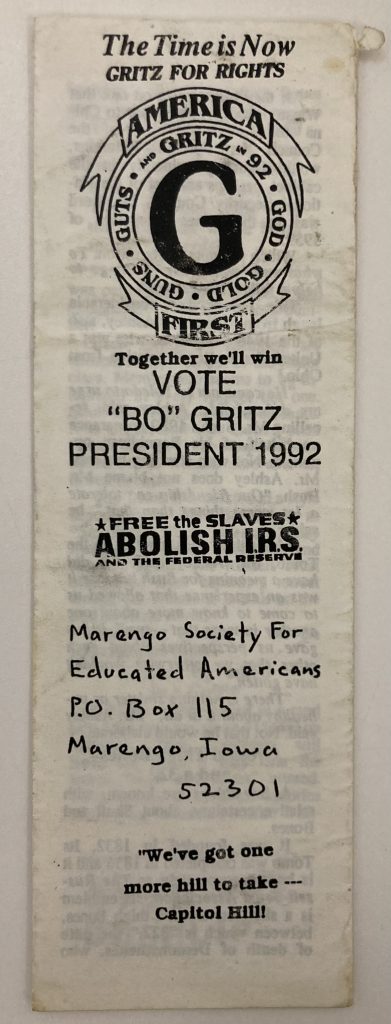
In the March 22, 1992 issue of the Detroit Free Press, political correspondent Hugh McDiarmid reported on “the biggest, most enthusiastic—and yes, wackiest—presidential rally that I have witnessed in Michigan this year,” which he went on to describe as “a passionately patriotic—if disconnected and, at times, historically inaccurate—journey through conspiracy land.” The candidate on stage was not Republican incumbent George H. W. Bush, Democratic challenger Bill Clinton, or even Ross Perot, the Texas businessman whose independent bid would attract 18.9% of the popular vote. Rather, it was Lt. Col. James “Bo” Gritz, a retired US Army Special Forces officer decorated for his service in Vietnam who ran as the 1992 presidential candidate for the right-wing Populist Party. As McDiarmid notes, Gritz’s candidacy represented a shift from the overtly racist and antisemitic rhetoric of the Populist Party’s 1988 presidential candidate, David Duke. Though Gritz’s two-and-a-half-hour speech in Michigan was not entirely free of slurs, his appeal to a packed community college auditorium rested on suspicions that the US government had been overrun by “unproved and unprovable plots (by international bankers, globalists, Tri-Lateral commission members, etc.) to take over the world,” as McDiarmid skeptically puts it.
Bo Gritz won just 0.1% of the 1992 popular vote, seemingly good evidence that his fringe campaign was precisely that. Yet in the context of the Parker Anderson collection of conspiracy theory research, Gritz’s campaign appears as one of many marginal forces driving the growth of a vibrant conspiratorial ecosystem. Throughout the 1990s, disparate figures, organizations, and fixations increasingly found alignment in a conspiracist worldview predicated on the rise of a tyrannical New World Order orchestrated by shadowy elites with the consent of top US officials. At the same time, this outlook gained increasing visibility and influence in the cultural and political discourse of the United States, spawning infinite variations in subsequent decades from 9/11 conspiracies to QAnon and falsehoods about the ongoing FEMA response to hurricanes Helene and Milton.
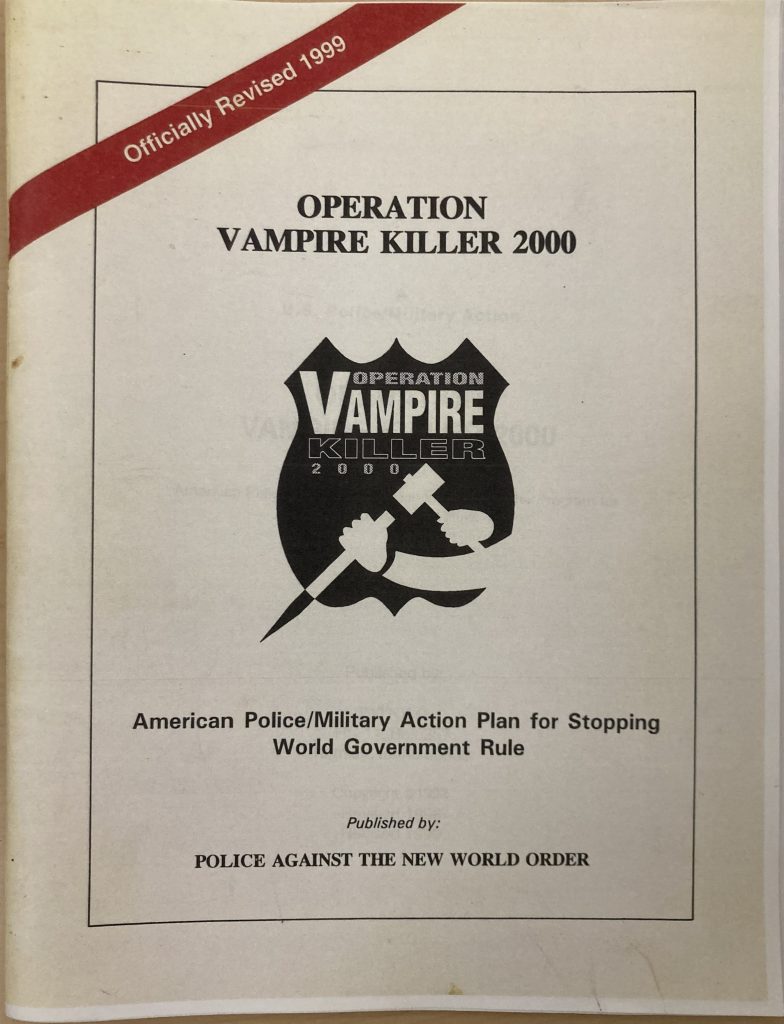
The idea that emergent forms of international cooperation or global governance could endanger the rights and freedoms of average US citizens has circulated in many forms since the end of World War I, often linked to antisemitic tropes, Red Scare fears, or pervasive beliefs about secret societies. The Parker Anderson collection includes small amounts of material dating from the 1960s and 1970s that point to antecedents of the New World Order discourse that exploded in the 1990s, as well as a larger set of materials that offer glimpses of its further evolution in the past two decades—some as recent as May 2024. But the collection’s center of gravity is the period from 1987 to 2001.
To the extent that Parker Anderson, a lifelong Arizona resident and author of works on local history, was an engaged reader of local and state news from the late 1980s to the mid 1990s, exposure to conspiracist views may have been part and parcel of a morning routine—whether through reports on regional militia activity in The Arizona Republic or columns and letters to the editor expressing fears and suspicions about the New World Order in The Prescott Daily Courier. If the clippings from these and other newspapers included in the collection evoke the collector’s incidental brushes with conspiracism, a larger volume of newspaper articles obtained through electronic databases represents a concerted effort to document varied aspects of conspiracist discourse. These, in turn, provide essential context for the collection’s core, composed of conspiracist literature and promotional materials in varied formats: books, booklets, serials, pamphlets, audio and video recordings of speeches and interviews, documentary films, and mailers and catalogs from a variety of publishers and distributors of these materials.
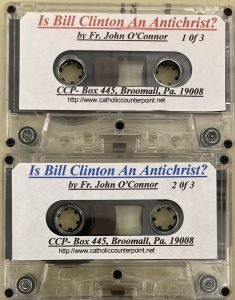
Taken together, this body of publications represents a distinctive resource for thinking about conspiracy networks. In addition to highlighting an array of individuals and organizations involved in crafting and disseminating conspiracist content at varying scales, operating in over twenty states and Washington, DC, the collection calls attention to their variable deployment of shared vocabularies in the service of constitutionalist, libertarian, evangelical, Catholic, white supremacist, and antisemitic arguments. Clusters of materials focused on events that served as conspiracy catalysts (the Ruby Ridge standoff in 1992, the Waco siege in 1993, and the Oklahoma City bombing in 1995) and on the prolific genre of conspiracy theories about Bill and Hillary Clinton richly document the evolution and convergence of ideas across distinct sources.

Documentation focused on a range of organizations and individuals offers another valuable means of navigating a cacophony of New World Order conspiracies. The organization best represented in the collection is the right-wing political advocacy group Liberty Lobby, which played an outsized role in bringing conspiracist views into the mainstream through publication of the populist and anti-establishment weekly newspaper The Spotlight, sponsorship of the radio talk show Radio Free America, and distribution of books in the same vein. Among the best represented individuals is Bo Gritz, whose conspiracist trajectory extends well beyond the 1992 presidential race. Each entity draws elements of the larger collection together in a distinct way. In the case of Liberty Lobby, materials produced and distributed by the organization seamlessly integrate the most disparate conspiratorial strands, among them stolen elections, miracle cures for cancer, Holocaust denial, the assassination of John F. Kennedy, and the idea of FEMA as vehicle of authoritarianism. In the case of Bo Gritz, strands of conspiracism seem to grow together through an idiosyncratic life path progressing from private missions into Vietnam and Laos in the 1980s, motivated by the belief that abandoned POWs were held there, to attempts to mediate between federal authorities and white supremacist militia figures in the 1990s.
While the Parker Anderson collection captures only the early evolution of conspiracist discourse in the internet age through a variety of web publications, and subsequent developments linked to social media are largely absent, those unfamiliar with the “conspiracy land” of the 1990s may be surprised to find its degree of continuity with claims and perceptions surrounding the 2016, 2020, and 2024 US presidential elections. Anyone seeking to understand the roots of the conspiratorial present will find that the collection offers a wealth of strange, often unpleasant, but essential reading.
